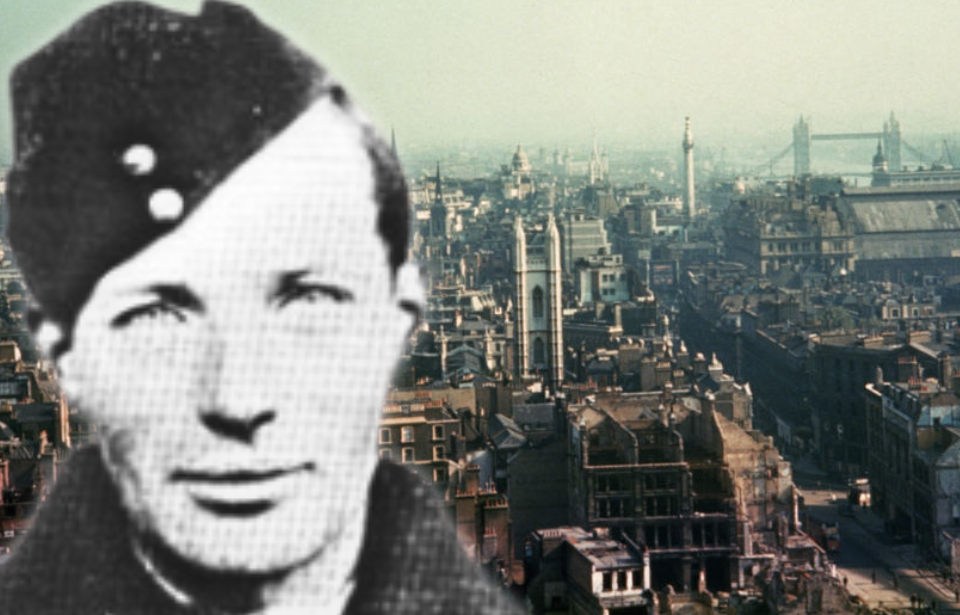For the first years of the Second World War, the United Kingdom was under constant threat of German bombings. London, in particular, was an especially popular target, experiencing almost nightly air raids between 1940 and ’41. While many residents took shelter, a member of the Royal Air Force (RAF) used the attacks as a way of covering up his heinous crimes.
Who was Gordon Cummins?
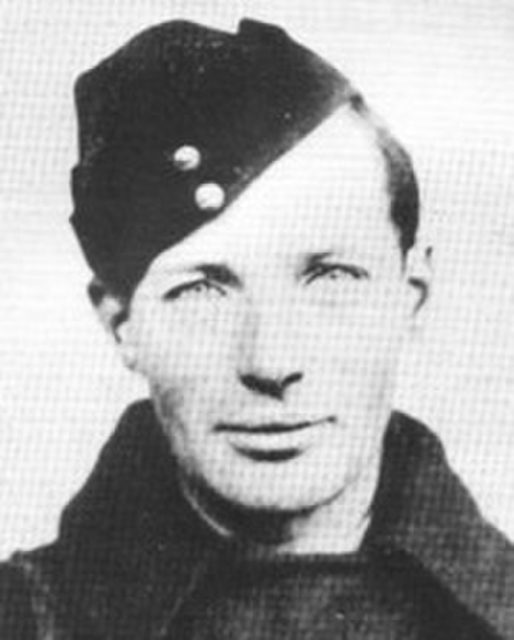
Gordon Cummins was born in New Earswick, North Yorkshire, to a civil servant and a housewife. He moved to London in 1934, where he developed a desire to live the lavish life of an aristocrat. He falsely claimed to be the illegitimate child of a peer, from whom he received an allowance, and refined his dialect to imitate an Oxford accent. To maintain this facade, he engaged in theft and embezzlement.
Cummins volunteered for the Royal Air Force in 1935, initially training to be a rigger. He was tasked with flight checks on aircraft, before being stationed with the Marine and Armament Experimental Establishment at Felixstowe, Suffolk. With the organization, he was relocated to Scotland from 1936-39.
Upon the outbreak of World War II, Cummins was transferred to Helensburgh, Dubartonshire, after which he was stationed at Colerne, Wiltshire. It was at this post that he reached the junior rank of leading aircraftman, despite aspirations of becoming a Supermarine Spitfire pilot. He was then transferred to Cornwall.
In January 1942, after accruing over 1,000 of flight time, Cummins went before the RAF selection board for his aviation exam. His performance earned him a move to the Air Crew Receiving Center in Regent’s Park, where he was stationed with 300 other airmen.
The Blitz
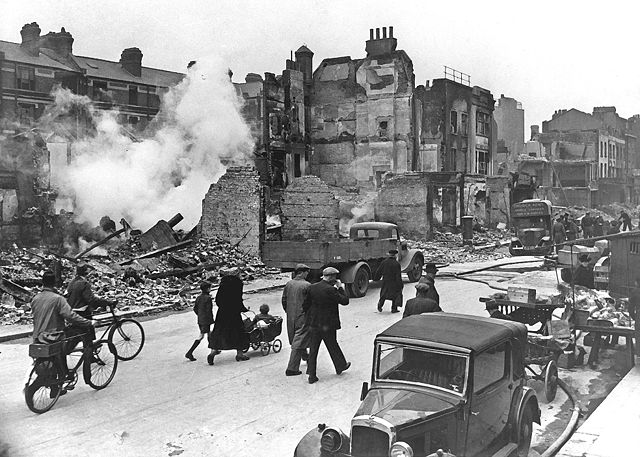
Looking to lessen the number of casualties, London opened up public air raid shelters and allowed residents to congregate in the underground train stations. Many took cover in cellars and personal bomb shelters.
Between 1940-41, the Luftwaffe inflicted a mass air raid bombing upon the city. Coined “Blitzkrieg” by the British press, it began toward the end of the Battle of Britain and was used as a way to subdue Britain. The Führer had, at this time, turned his attention to Eastern Europe and didn’t want the British military to interfere with his plans.
The bombings began on September 7, 1940, and continued for 57 consecutive nights, after which they occurred less frequently. Large swaths of London were ruined, and many lost their lives. Mandatory blackouts were ordered, which meant street lamps remained unlit, vehicles couldn’t drive with their headlights on, and the windows of businesses and homes had to be covered.
Gordon Cummins’ murders
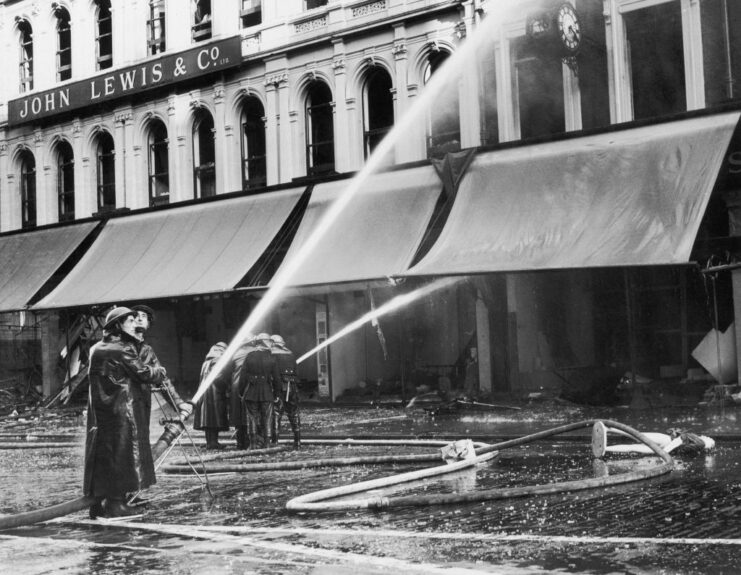
The first victim of George Cummins’ murder spree was found on February 9, 1942. Schoolteacher Evelyn Hamilton’s body was located in an air raid shelter in the West End. She’d been gagged with a scarf and strangled to death. Her handbag, containing £80.00, was missing.
The second victim, a woman of the night and former chorus girl named Evelyn Oatley, was found the next day in her apartment. The killing was eerily similar to that of Hamilton, except for the fact Oatley’s abdomen had been cut with a can opener. The item had been left at the scene, and unbeknownst to the murderer, it held his bloody fingerprints.
After a brief hiatus, victims three and four were discovered on February 13, 1942. Both were in a similar line of work to Oatley. Margaret Lowe, missing since February 10, had been strangled and mutilated. Doris Jouannet’s body was discovered by police after her husband was unable to enter the door to the apartment they shared.
Cummins’ final two victims were saved by strokes of luck. The attack on Margaret “Greta” Heywood was interrupted by a delivery boy, who caused the airman to flee the scene. While leaving, he dropped his gas mask and haversack. Later that night, he attempted another attack on a woman named Catherine “Kathleen” Mulcahy. She fought him off and made enough noise to make him flee before he was caught.
Speaking about the crimes committed, a detective superintendent with London’s Metropolitan Police called the murders “by far the most vicious” he’d investigated throughout his career.
‘The Blackout Ripper’
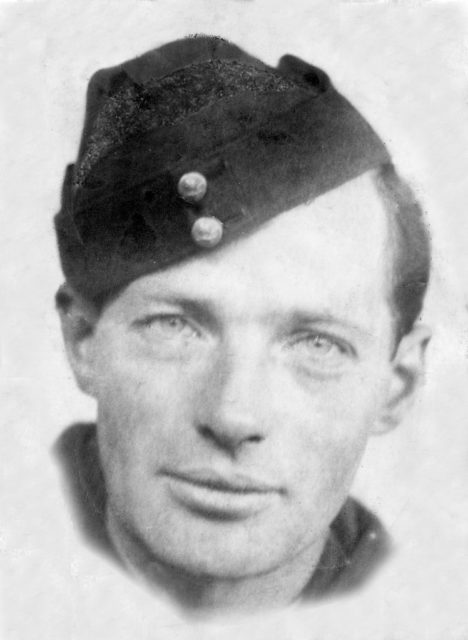
Due to wartime restrictions on newsprint and the focus on the war in Europe, the murders received little attention from the media. Despite this, it did manage to reach those working in the West End, who appeared to be Gordon Cummins’ primary targets.
In an attempt to protect themselves, many became reluctant to take on clients who they didn’t considered regulars.
While the crimes didn’t receive a lot of attention, the media did find time to give the killer a nickname. In fact, he had three: “the Blackout Ripper,” “the Wartime Ripper” and “the Blackout Killer.” The moniker’s referenced the fact the murders happened during the war, were reminiscent of those committed by Jack the Ripper and were done while London was experiencing an attack.
Arrest and conviction of Gordon Cummins
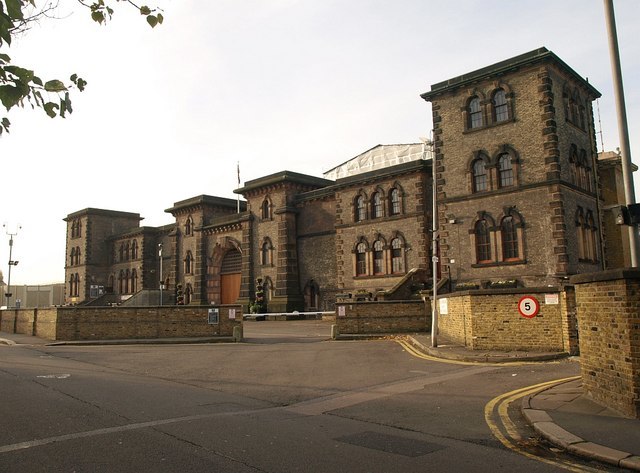
While Gordon Cummins tried to maintain his innocence, the evidence was stacked against him. Along with the gas mask and fingerprints left on the can opener, a search of his belongings uncovered personnel effects taken from his victims, including stockings from each victim, a watch and a cigarette case belonging to Evelyn Oatley. They also had a positive ID from Margaret Heywood.
Rather than try Cummins for all of the murders, prosecutors opted to try him first for the murder of Evelyn Oatley. This way, if the jury acquitted him, they could proceed with further charges.
More from us: Battle of Moscow: A Critical Turning Point In the Fight Along the Eastern Front
Want to become a trivia master? Sign up for our War History Fact of the Day newsletter!
On April 27, 1942, after just one day in court, Cummins was found guilty for Oatley’s murder and sentenced to death. In a strange twist of fate, his execution occurred during an air raid on London. On June 25, 1942, he was walked to the gallows of Wandsworth Prison, where he was hanged.
